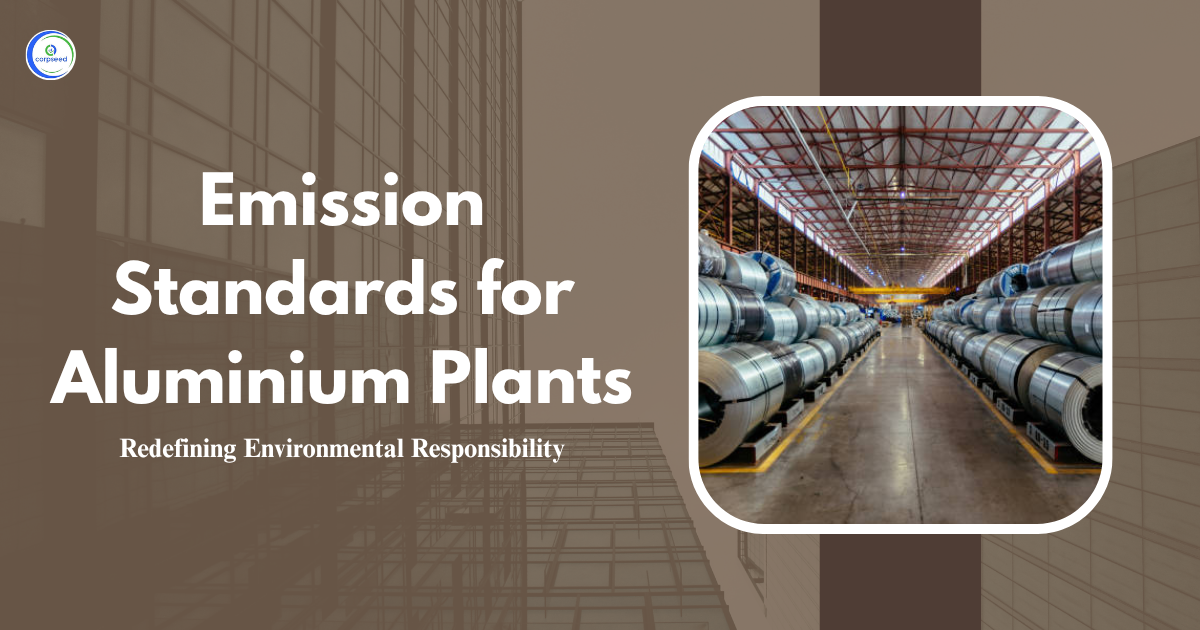Environmental concerns have led to strict emission standards for industries, comprising lime kilns, which are recognized for emitting substantial amounts of pollution into the atmosphere. Lime kilns, which are used in the manufacture of quicklime and other lime products, contribute to air and water pollution. Understanding the necessary standards of environmental pollution and emissions produced from lime kilns is important to maintain sustainable operations in these industries.
Table of Contents
- About Lime Kiln Industry and its Environmental Pollutants
- Impact of Environmental Pollutants from Lime Kiln Industry
- Key Pollutants of Lime Kiln
- Importance of Emission Standards for Lime Kilns
- Effluent Standards for Lime Kilns
- Technologies to Control Pollution from Lime Kiln
- Monitoring and Reporting
- Conclusion
About Lime Kiln Industry and its Environmental Pollutants
The lime kiln industry plays an important role in sectors such as construction, steel manufacturing, and agriculture by generating essential lime products for several industrial uses. However, the process of lime production, specifically in high-temperature kilns, results in the emission of various environmental pollutants. These pollutants mainly comprise particulate matter, sulfur dioxide, and carbon dioxide, all of which are due to environmental hazards. The uncontrolled release of such pollutants can not only impact air quality but also contribute to the degradation of ecosystems in neighbouring areas.
Impact of Environmental Pollutants from Lime Kiln Industry
The environmental impact of pollutants emitted by lime kilns is major and wide-ranging. Some of the foremost consequences include:
- Air Pollution: Lime kilns emit large amounts of particulate matter and sulfur dioxide, causing air pollution, which contributes to respiratory diseases and smog formation.
- Acid Rain Formation: As sulfur dioxide (SO2) emissions from lime kilns react with atmospheric water to form sulphuric acid, contributing to acid rain that affects crops, soil and aquatic ecosystems
- Global Warming: Lime kilns emit carbon dioxide (CO2) as part of the lime production process. This contributes to the greenhouse effect and global warming, making it vital for industries to adopt technologies that control emissions.
- Water Contamination: In addition to airborne pollutants, wastewater from lime kilns may contain dangerous chemicals, including heavy metals, which can leak into local water bodies, affecting aquatic life and water quality.
- Ecological Damage: The deposition of pollutants like sulfur and nitrogen compounds can alter soil pH, negatively damaging plant life and overall biodiversity in the area.
--------------Blog Contact Form-------------
Key Pollutants of Lime Kiln
The following are the major pollutants related with lime kiln operations:
- Particulate Matter (PM): This includes fine dust particles that are generated from the kiln stacks. PM can degrade air quality and cause respiratory issues for humans and animals.
- Sulfur Dioxide (SO2): Produced by the combustion of sulfur-containing fuels, SO2 is one of the key contributors to air pollution and acid rain.
- Nitrogen Oxides (NOx): These gases are formed from high-temperature combustion processes and are harmful to both human health and the environment, contributing to ozone formation.
- Carbon Dioxide (CO2): Lime kilns generate CO2 as a by-product of the chemical transformation of limestone into lime. CO2 is a greenhouse gas, contributing to climate alteration.
Importance of Emission Standards for Lime Kilns
Emission standards are necessary to control and minimize the environmental impact of lime kiln operations. These standards, compiled by authorities such as the CPCB or SPCB, ensure that industries operate at acceptable levels of pollution. The benefits of emission standards are:
- Public Health Protection: Setting limits on pollutants like sulfur dioxide and particles help prevent respiratory diseases, lung cancer and other health problems in nearby residents.
- Environmental Conservation: By regulating pollution productions, emission standards help safeguard ecosystems, biodiversity and natural resources, reducing the environmental impact of lime production.
- Compliance with Legal Regulations: The CPCB ensures compliance with emission standards set by regulatory agencies such as kiln industries to avoid legal consequences, including fines and shutdowns.
- Air Quality Improvement: Mitigating pollutants like NOx and SO2 enhances overall air quality, ensuring a cleaner and healthier environment for both humans and wildlife.
- Sustainable Industrial Practices: Emission standards encourage the lime kiln industry to implement cleaner and more energy-saving technologies, leading to long-term sustainability and lower operational costs.
Effluent Standards for Lime Kilns
Effluent standards for lime kilns are defined based on stack height and kiln capacity. For kilns with a capacity up to 5 T/day, a stack height of 30 meters (including kiln height) is required. For kilns above 5 T/day, the stack height should be calculated as H = 14(Q), 0.3, where Q is the SO2 emission rate in kg/hr. Particulate matter standards are set at 500 mg/Nm³ for kilns with a capacity above 5 T/day and up to 40 T/day, and 150 mg/Nm³ for kilns exceeding 40 T/day.
Technologies to Control Pollution from Lime Kiln
To reduce the environmental impact of lime kilns, numerous pollution control technologies are employed, including:
- Bag Filters: It is used to capture particles from expended gases before they are emitted into the atmosphere. Bag filters significantly lessen dust releases from limestone furnaces.
- Flue Gas Desulfurization (FGD): This technology is used to remove sulfur dioxide from the kiln’s flue gases, helping to fulfill the emission limits for SO2.
- Electrostatic Precipitators (ESPs): These devices help capture fine particulate matter by using an electric charge, avoiding the release of dust into the air.
- Wet Scrubbers: Wet scrubbers are effective in regulating SO2 emissions by absorbing sulfur dioxide from flue gases before they are discharged into the environment.
- Carbon Capture and Storage (CCS): This technology can be used to capture CO2 emissions from lime kilns, minimizing the industry’s contribution to global warming.
Also Read: What are the SO2 and NOx Standards for Lime Kiln Industry?
Monitoring and Reporting
Monitoring emission levels is crucial to ensure that lime kiln industries comply with prescribed standards. Regular reporting of emissions to CPCB and SPCB helps track pollution levels and implement compulsory action on limit violations. Industries should conduct periodic air quality evaluations and report their findings to relevant regulatory bodies. This monitoring and reporting process is critical to maintaining environmental responsiveness and reducing the industry’s impact on surrounding communities and ecosystems.
Conclusion
While the lime kiln industry plays an important role in industrial production, it also has a significant environmental impact due to the emissions produced from it. Understanding the prominence of emission standards and implementing technologies to minimize pollution is essential for ensuring the industry remains sustainable. With strict regulations imposed by the CPCB and SPCB, the lime kiln industry can continue to function mitigating its environmental impact. By adhering with emission and waste standards, industries not only safeguard the environment but also ensure a healthy future for their surrounding communities.
This portion of the site is for informational purposes only. The content is not legal advice. The statements and opinions are the expression of author, not corpseed, and have not been evaluated by corpseed for accuracy, completeness, or changes in the law.
BOOK A FREE CONSULTATION
Get help from an experienced legal adviser. Schedule your consultation at a time that works for you and it's absolutely FREE.


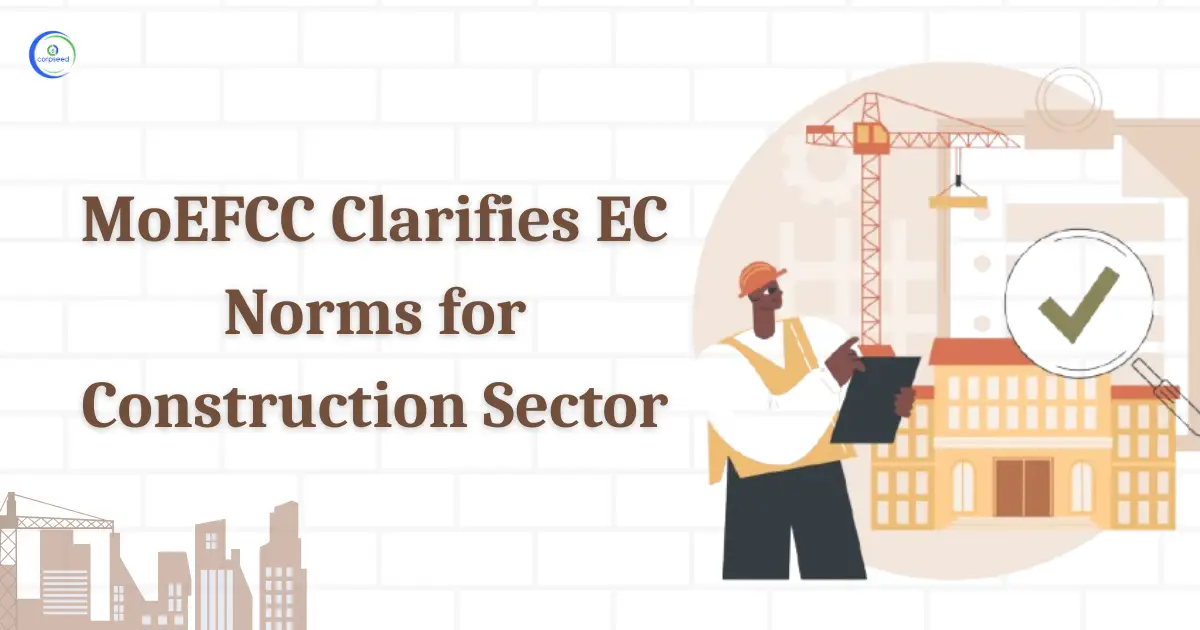
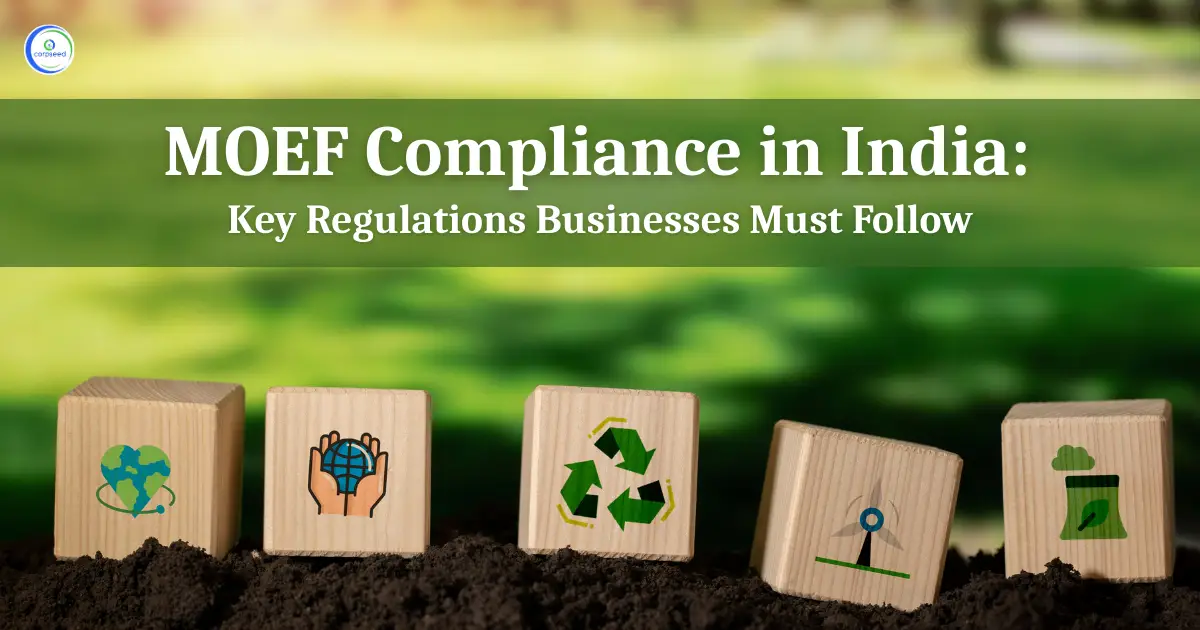
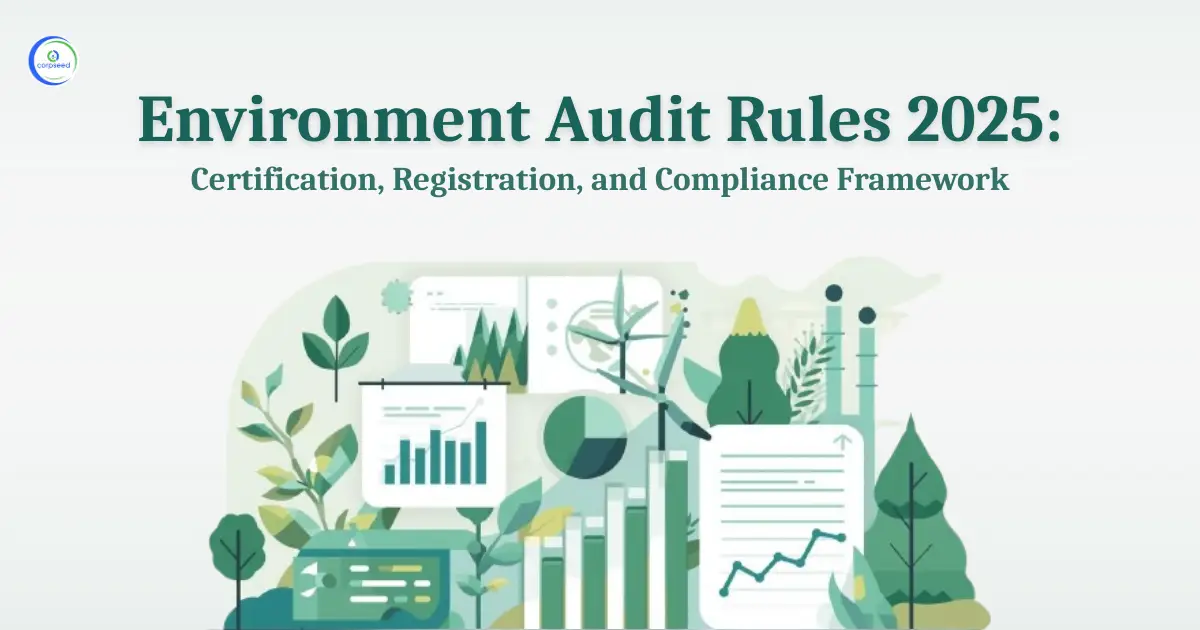
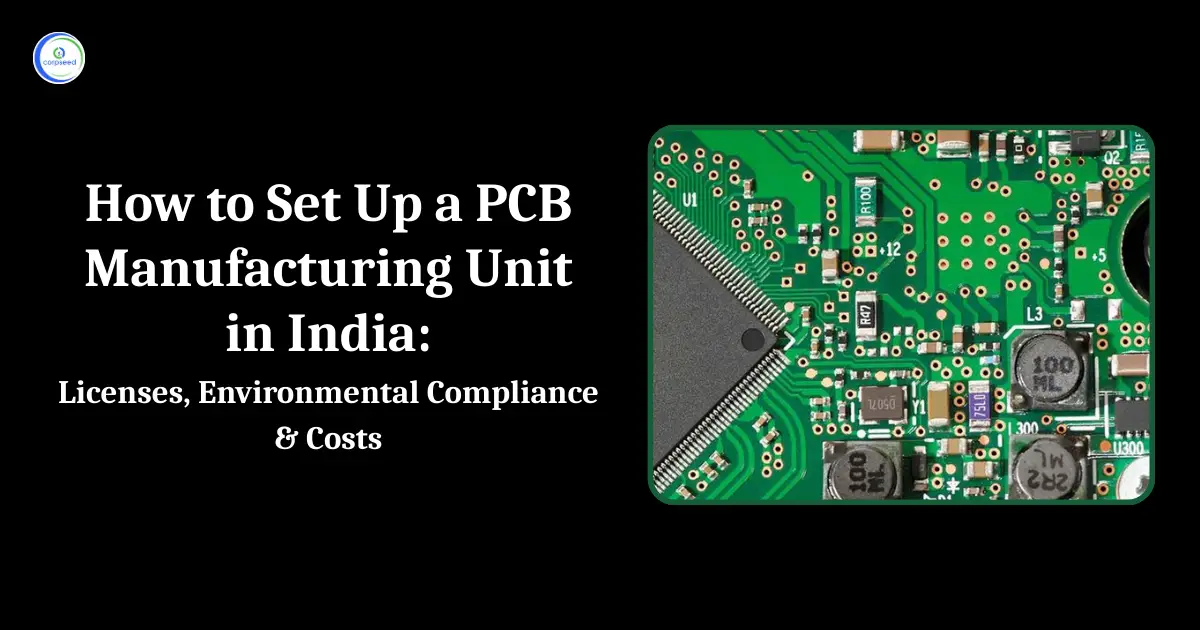
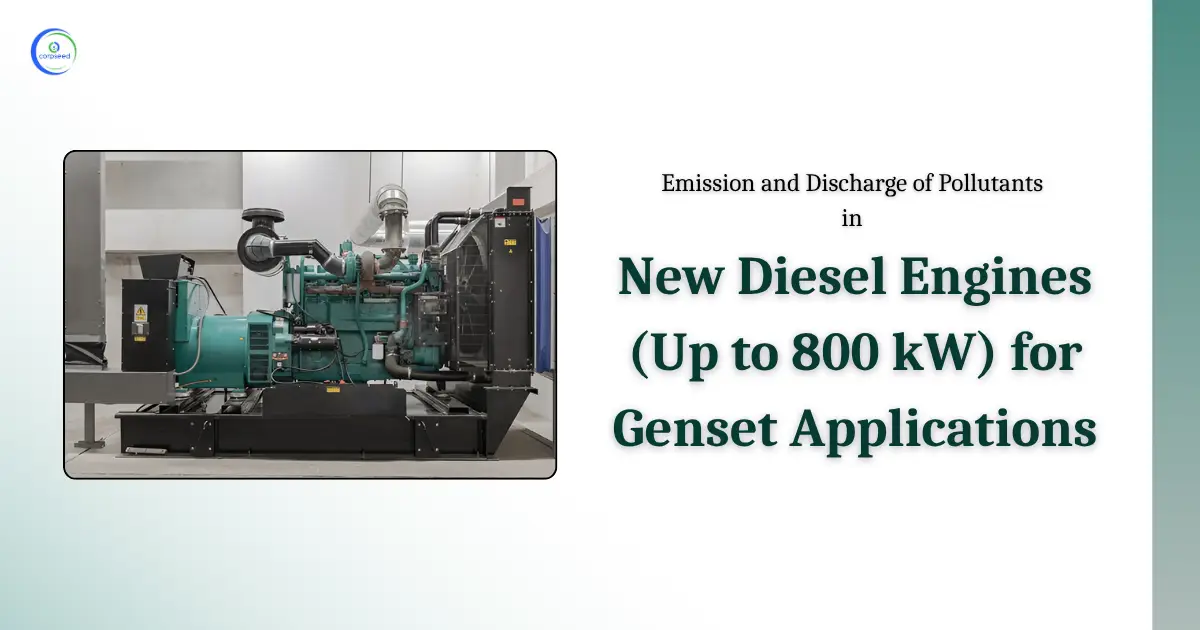
_Corpseed.webp)
.webp)
